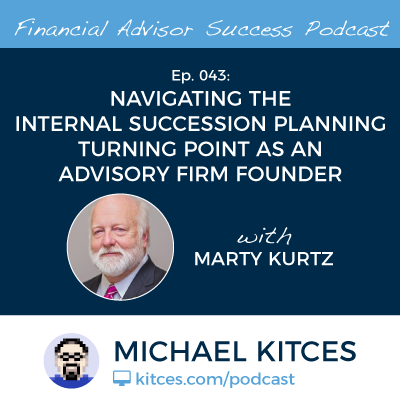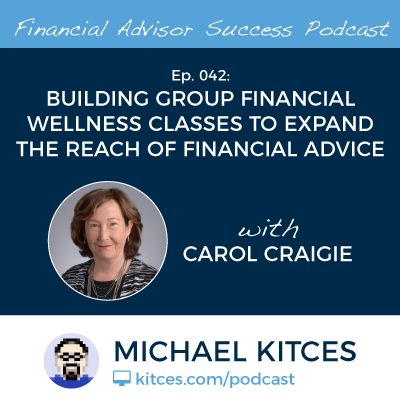Enjoy the current installment of "weekend reading for financial planners" – this week's edition kicks off with the big buzz in the advisory world this week... a major feature article in the Wall Street Journal dubbed "The Morningstar Mirage" that notes how Morningstar star ratings based on past performance are a huge driver of mutual fund asset flows but have at best only limited predictive value of future performance (though the Journal authors, as well as Morningstar in its response, both note that highly rated funds are still at least somewhat more likely to outperform than just picking mutual funds at random!).
Also in the news this week was a separate major announcement from Morningstar, that it's DoL fiduciary proposal tool, the "Best Interests Scorecard", is now available as an add-on to the Morningstar Advisor Workstation. And the Investment Management Consultants Association (IMCA) announced that it is rebranding to the Investments & Wealth Institute (IWI), and has acquired the Retirement Management Analyst (RMA) designation as part of its growing investments and wealth management focus.
From there, we have a number of marketing and business development articles this week, including: a review of what a "marketing funnel" really is, and how it's relevant for financial advisors; a discussion of how most advisor websites are built for the wrong purpose, aiming to educate about the advisor's firm or get a prospective client to call when really it should just focus on getting a prospect's email address instead; a fascinating research survey about where ultra-HNW investors go for their financial news that finds HNW investors tend to rely on both traditional media, social media, and an advisor's own communication (and that younger HNW clients are even more likely to rely on the advisor's communication!); how digital marketing lessons from Silicon Valley can be applied for financial advisors, particularly when it comes to "influencer marketing"; why your answer to the simple question "How's It Going?" can unwittingly deter clients from giving you referrals; and how the best way to build Center Of Influence (COI) referrals is not to just try to find "good" COIs, but instead to work more deeply with the COIs your clients already use, where you can turn deepening client engagement with a mutual client into COI referrals instead!
We wrap up with three interesting articles, all focused around the theme of taking a fresh look at popular themes: the first explores how advisors should beware about entirely rebranding themselves as behavioral coaches and accountability partners, because the truth is that most people don't actually want to always be held accountable for everything (and at best, advisors need to be more sensitive about how to frame accountability in a positive, future-focused manner); the second looks at the simple concept of financial milestones, and the kinds of common milestones that can (and should) be celebrated with clients; and the last looks at how the recent wave of natural disasters, from hurricanes to fires, have been causing people to question how much "stuff" they really need... and not just those who are impacted by the disaster, and may have lost everything and need to start over, but even those of us who only saw the events on the news, but still find ourselves questioning whether we have too much "stuff" and how we could better focus on the things that really matter.
Enjoy the "light" reading!

 Welcome back to the forty-third episode of the Financial Advisor Success podcast!
Welcome back to the forty-third episode of the Financial Advisor Success podcast! Michael Gerber’s famous business book “
Michael Gerber’s famous business book “ Welcome back to the forty-second episode of the Financial Advisor Success podcast!
Welcome back to the forty-second episode of the Financial Advisor Success podcast!
